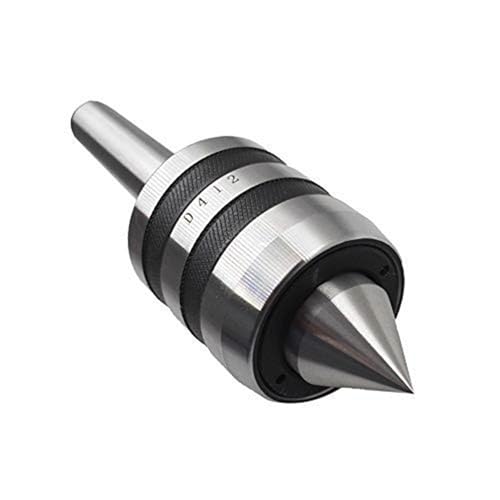Here is the Stanley.
Looks like the interior of my valve layout needs to be a bit larger if it is going to adhere to a Stanley or the other references.
I don't make comparisons to model steam engine designs because they generally don't run under load, do not address efficiency, and are often just designed to make the flywheel go round and round.
Looks like your examples adhere to good design pretty well.
As the models get smaller, often there is no cutoff at all, and people use a typical simplified valve and valve travel.
The locomotive folks often pay more attention to getting the ports and valve gear correct, since otherwise they may not make it up the grade.
Looking at the Stanley, in general the interior of the valve pocket roughly spans between the inside steam ports, and the lap part of the valve extends beyond the port about the width of a steam port.
Generally I think there is a slight dead zone where the internal pocket is not open to either steam port.
I did my valve design in great haste, but it looks like we have some correlation.
The question still stands though; did the compound twins have a late or no cutoff on the LP cylinder?
There would be a reason perhaps for an early cutoff on the HP side, but once the steam exits the HP side, there is no efficiency to be gained by cutting it off early on the LP side ?
.
Edit:
If we need a valve with no cutoff, then that would negate everything posted so far.
.
Looks like the interior of my valve layout needs to be a bit larger if it is going to adhere to a Stanley or the other references.
I don't make comparisons to model steam engine designs because they generally don't run under load, do not address efficiency, and are often just designed to make the flywheel go round and round.
Looks like your examples adhere to good design pretty well.
As the models get smaller, often there is no cutoff at all, and people use a typical simplified valve and valve travel.
The locomotive folks often pay more attention to getting the ports and valve gear correct, since otherwise they may not make it up the grade.
Looking at the Stanley, in general the interior of the valve pocket roughly spans between the inside steam ports, and the lap part of the valve extends beyond the port about the width of a steam port.
Generally I think there is a slight dead zone where the internal pocket is not open to either steam port.
I did my valve design in great haste, but it looks like we have some correlation.
The question still stands though; did the compound twins have a late or no cutoff on the LP cylinder?
There would be a reason perhaps for an early cutoff on the HP side, but once the steam exits the HP side, there is no efficiency to be gained by cutting it off early on the LP side ?
.
Edit:
If we need a valve with no cutoff, then that would negate everything posted so far.
.
Attachments
Last edited:











































![DreamPlan Home Design and Landscaping Software Free for Windows [PC Download]](https://m.media-amazon.com/images/I/51kvZH2dVLL._SL500_.jpg)









![TurboCAD 2020 Designer [PC Download]](https://m.media-amazon.com/images/I/51UKfAHH1LL._SL500_.jpg)















